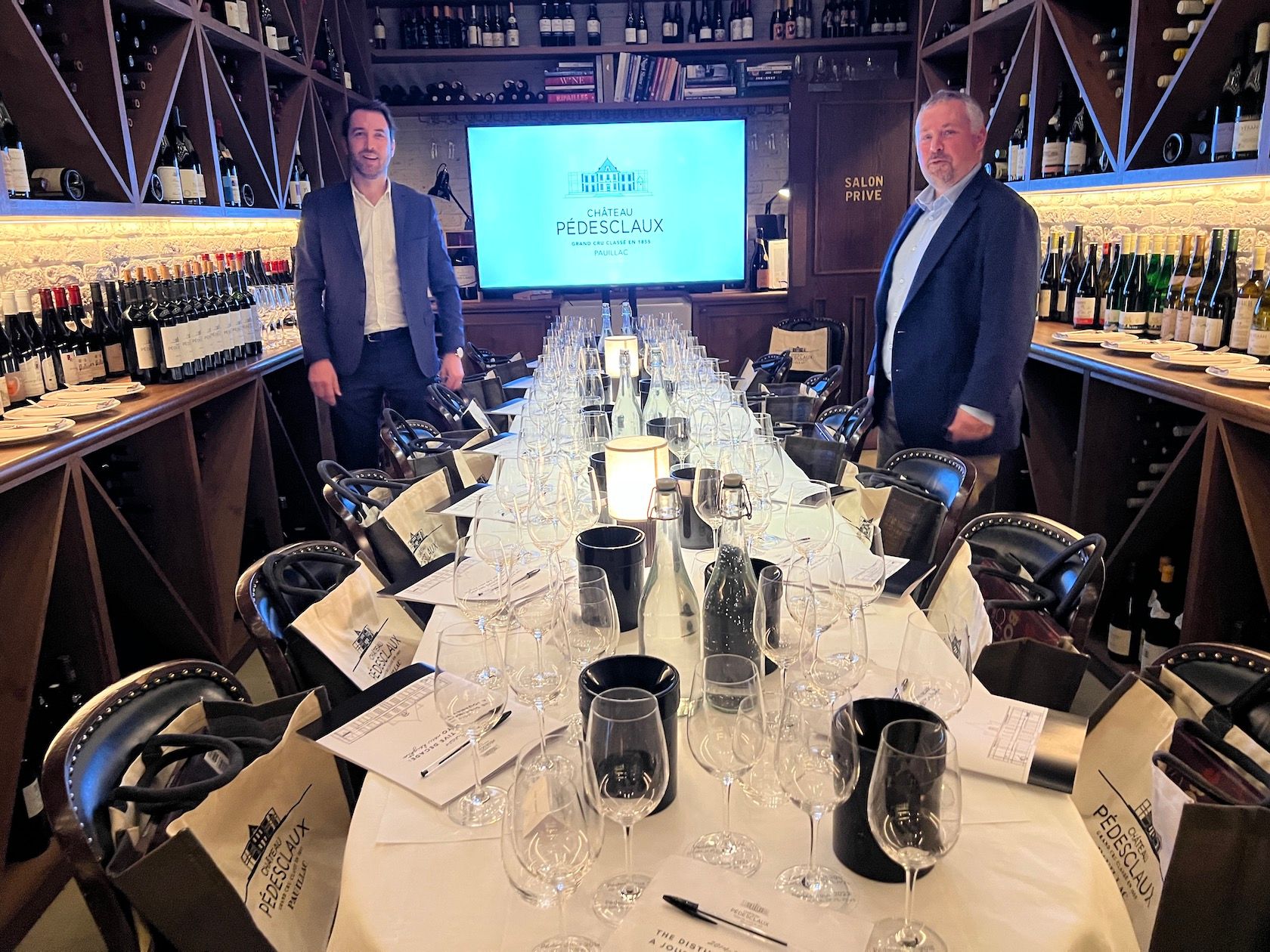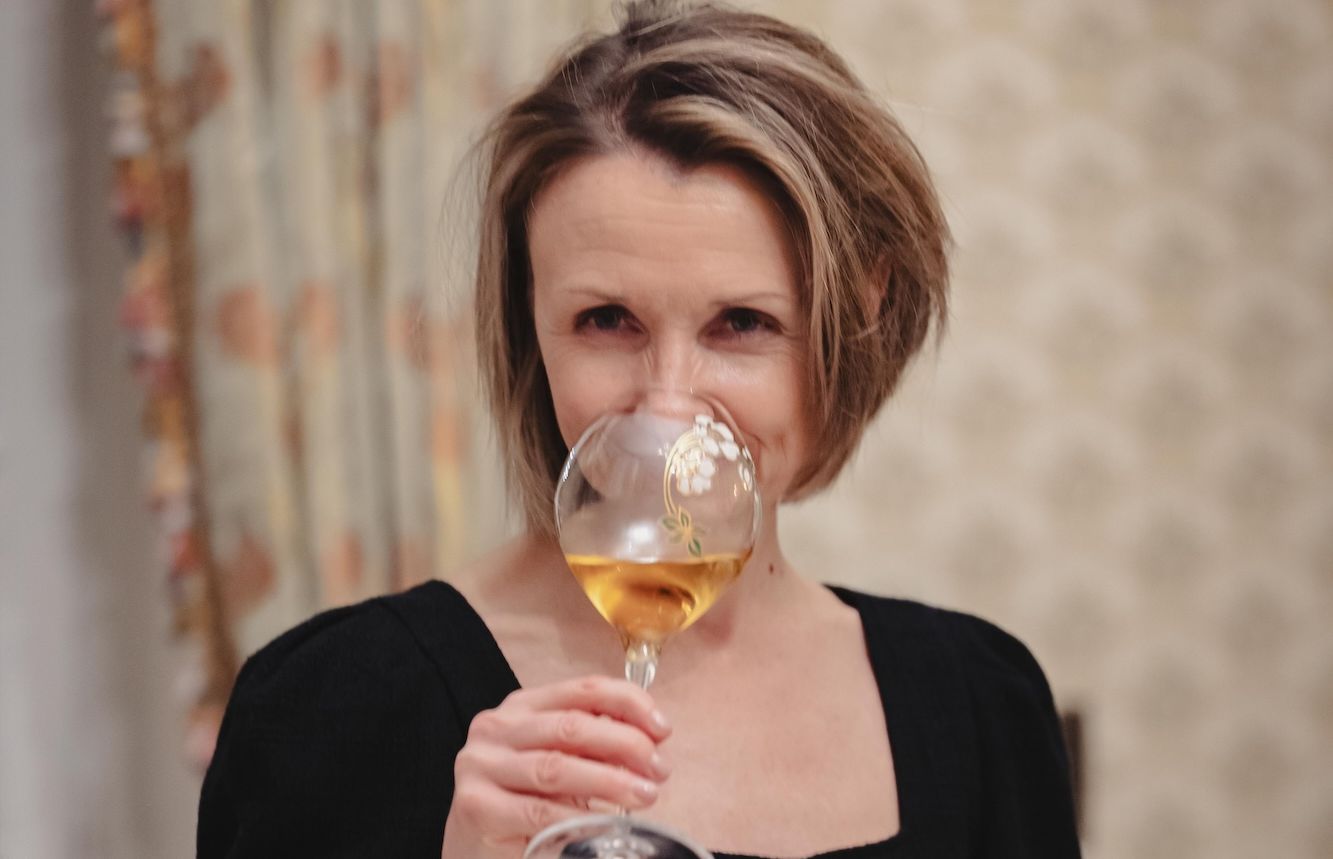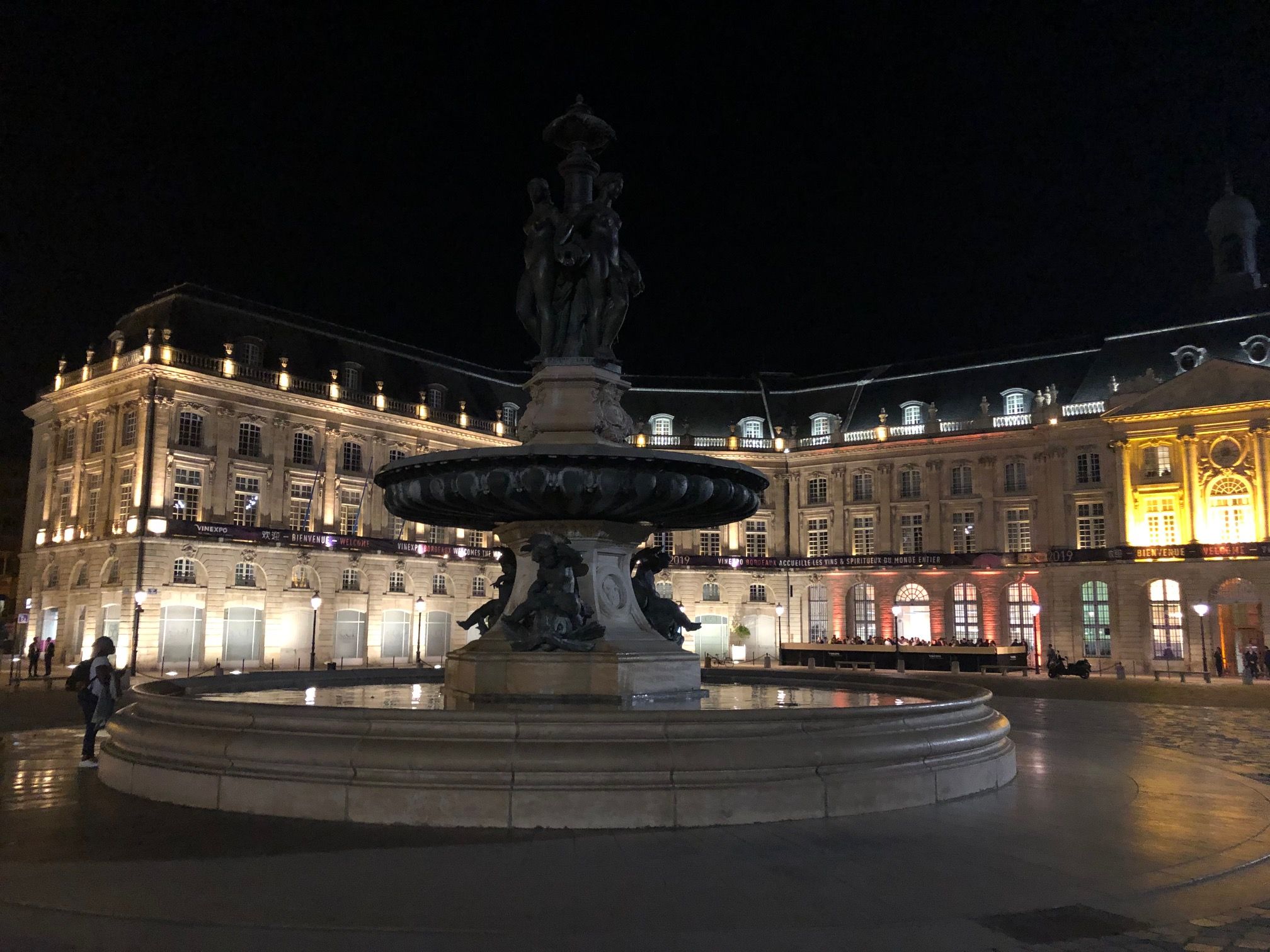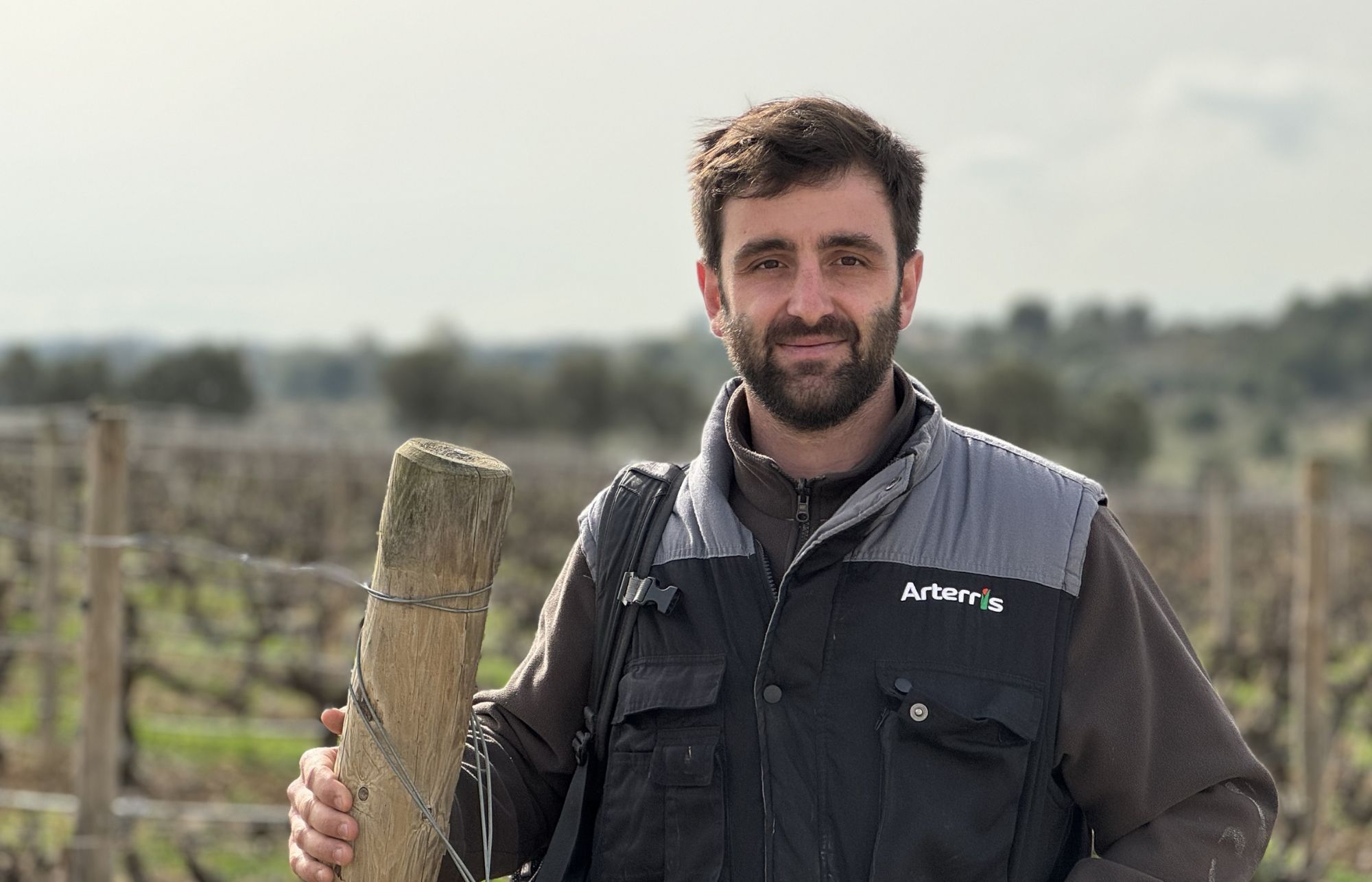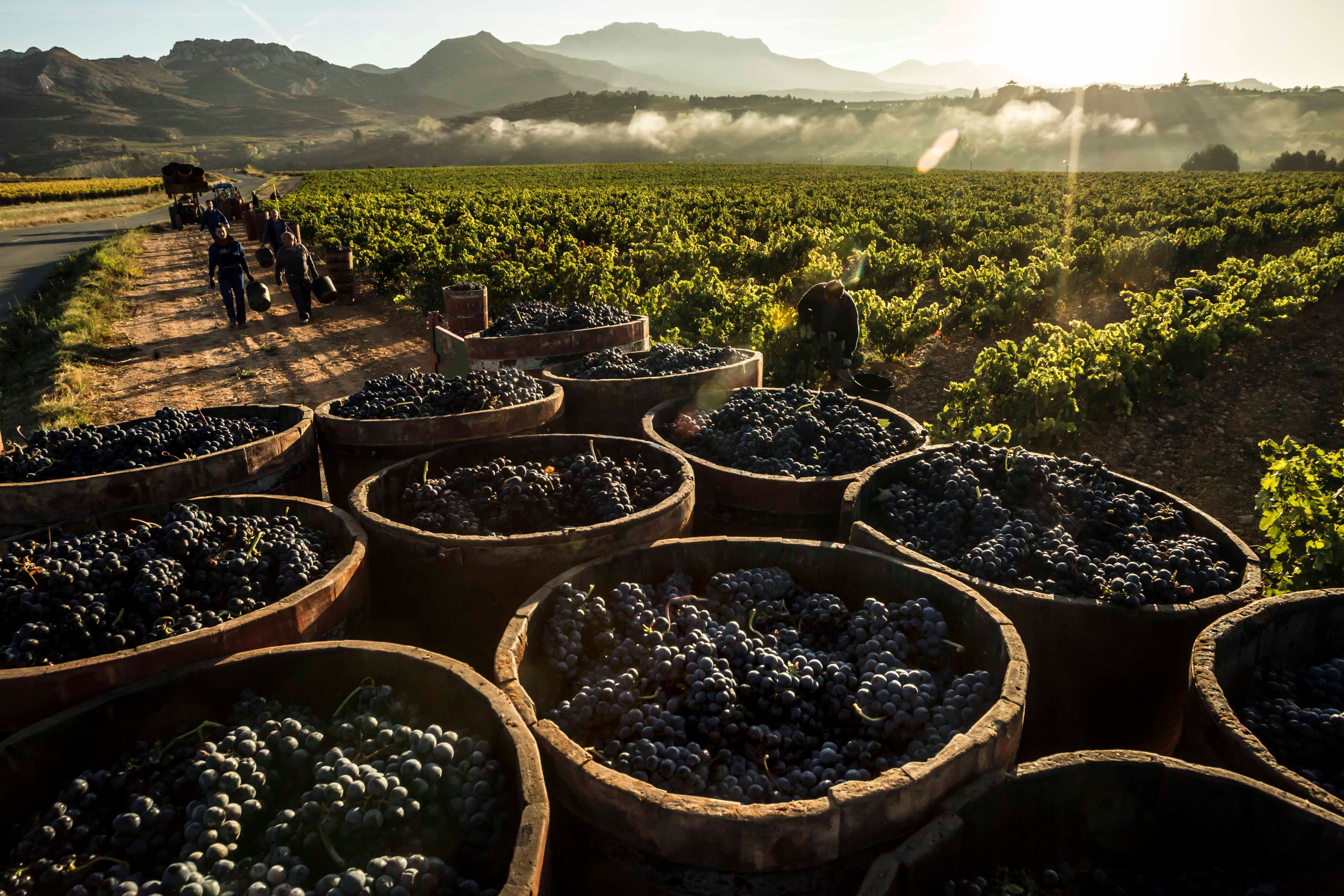“This shows where Pedesclaux can be and where we want to go,” the Château Pédesclaux team says of the 2019 vintage.
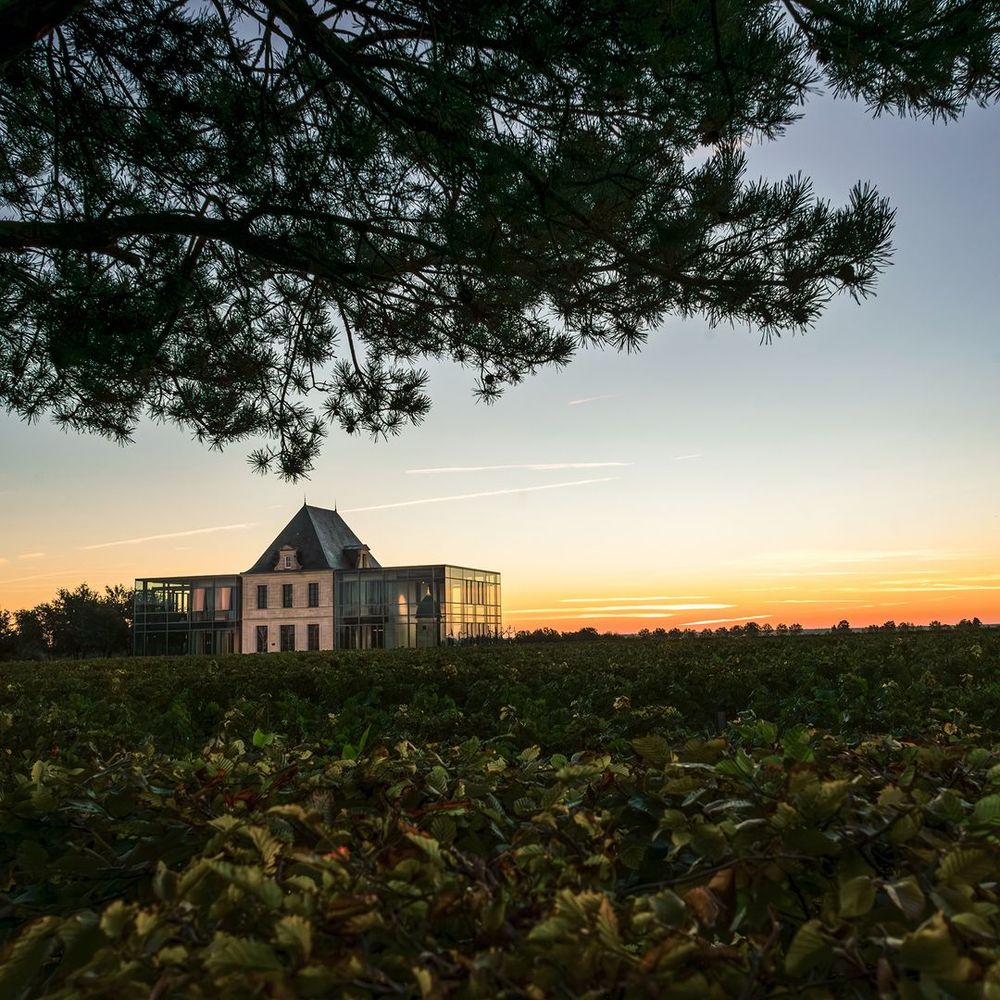
Château Pédesclaux: architect Jean-Michel Wilmotte designed the winery with its glazed wings to rejuvenate the look of the estate
I first came across Château Pédesclaux, a 5th growth Bordeaux sandwiched between the River Gironde and Château Mouton Rothschild, in 2008 when someone gave me the nod that in a blind tasting of 2005 vintages, Southwark-based Decanter Magazine had given it a higher score than both Lafite and Latour. I immediately called Farr Vintners and secured myself a few cases at about £90 a six pack.
In a wonderful piece of irony it turns out that the late Steven Spurrier, then the chairman of the Decanter World Wine Awards, demanded a retaste immediately after this event, according to Guy Woodward, editor of Decanter at the time. This being the same Steven Spurrier who garnered considerable fame from the Judgment of Paris, the blind tasting that unexpectedly elevated the status of Californian wines over and above those of Bordeaux heavy-hitters.
“When he found out that Pédesclaux scored higher than most of the First Growths he became nervous and said we would look stupid if Pédesclaux was chosen above the First Growths,” Woodward says, “so he demanded an immediate retaste.” The scores stood, however, and wine buyers like myself secured a wine that punched well above its weight.
Woodward and I are talking at a Château Pédesclaux vertical tasting and lunch at Maison François in Mayfair entitled 2014-2024 The Distinctive Decade: A Journey to New Heights.
The event is being chaired by Augustin Lacaille and Vincent Bache-Gabrielsen, Pédesclaux’s sales and property director respectively, to demonstrate how the estate and the wines have changed over the past decade, particularly since the Lorenzetti family bought the estate in 2009.
Lacaille generously waves away the results of the ‘Judgement of Southwark’ saying that Pédesclaux trumping the First Growths can be explained away by the fact that the wines were all so young. He also says it neither influenced Swiss magnate Lorenzetti’s decision to buy Pédesclaux, nor how much they paid for it.
Before Jacky and Françoise Lorenzetti bought the estate, Pédesclaux had had a series of owners who never looked after it with both the reputation and the quality of its wines sinking on a downward spiral. The nadir was reached when Robert Parker famously said “Life is too short to drink Pédesclaux.”
The only way is up
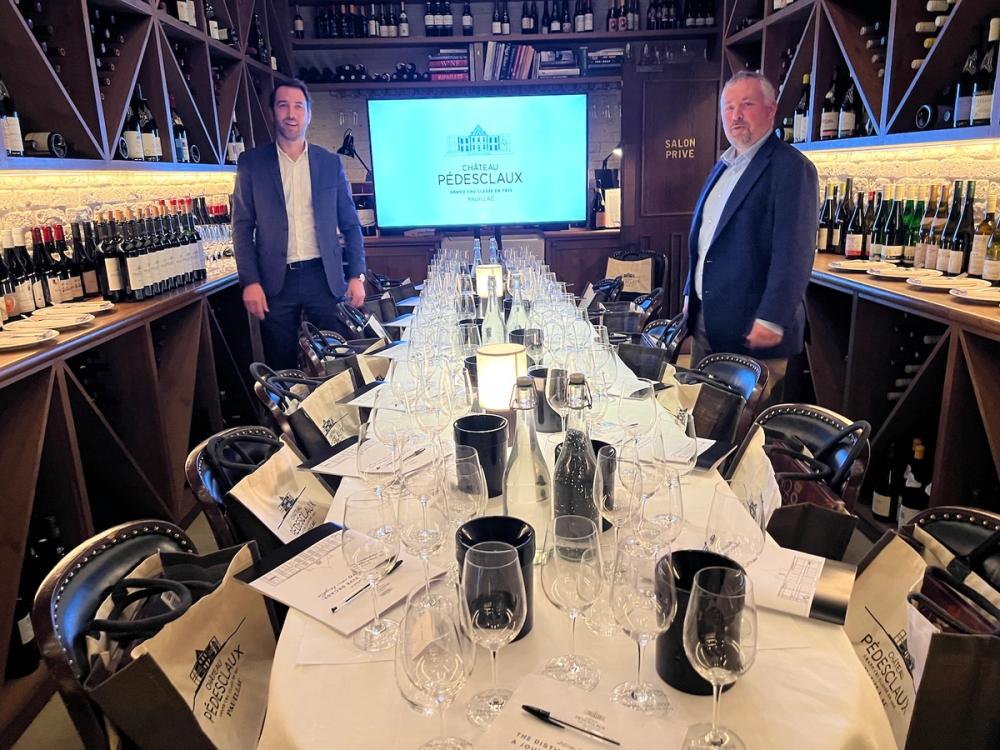
Château Pédesclaux’s Augustin Lacaille and Vincent Bache-Gabrielsen (l-r) at decade retrospective, Maison François, London
But, since the acquisition there has been major restructuring of the vineyard and construction of a new winery to the point where the quality of the wines being produced are of a high standard, a level which would make Parker eat his words.
Through a series of acquisitions the vineyards have expanded from 26 to 53 hectares with a better overall understanding of the 19 different soil types on the estate resulting from a survey conducted in 2011. This survey has led to what the team calls ‘Cabern-isation’ with the Merlot vines planted by previous owner Lucien Jugla grubbed up in favour of Cabernet Sauvignon and Cabernet Franc. In vineyard terms Merlot accounted for a not insignificant 41% of the estate’s hectarage in 2017. Just seven years later it is 27%. In assemblage terms, Cabernet constitutes 80% of the blend of the grand vin, compared to 53% of the 2014 vintage which kicks off our tasting.
In addition to the overhaul of the winery and vineyards, the Lorenzetti family, under the guidance of daughter Manon, who is a co-owner and now head of viticulture has been directing all its efforts to becoming fully organic and working under biodynamic principles – massively reducing the amount of copper used in spraying and increasing the amount of organic material used.
In addition to Pedesclaux, Jacky Lorenzetti owns Câateau Lilian Ladouys in Saint-Estèphe, Château Lafon-Rochet since 2021 and acquired 50% of Chateau d’Issan in February 2013 which is co-owned by Emmanuel Cruse and is the general manager of Lorenzetti’s Bordeaux wine estates. Lorenzetti is chairman of the family’s holding company and is president of Paris rugby club Racing 92, which recently made headlines when it signed Owen Farrell.
How were the wines tasting?
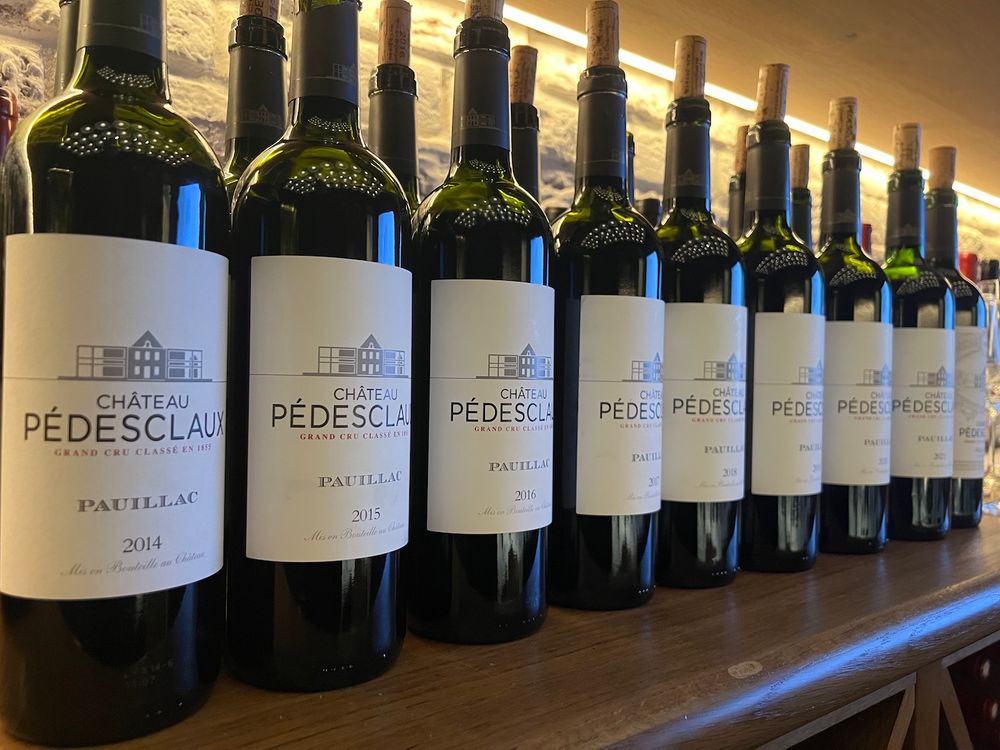
We sampled Château Pédesclaux 2014 – 2022 to see the evolution of style. The showing was impressive and instructive although, given the vagaries of each year’s growing season and the resulting changes in assemblage to counter and cope with the weather, there was no straightforward linear progression except for Cabernets Sauvignon and Franc increasing and Merlot being used less. From 2016, which was the first vintage in the history of the estate to combine the four grape varieties, all four have been used, with Petit Verdot added to bring spice and balance to the wine.
The two standout vintages of the nine were Château Pédesclaux 2017 and Château Pédesclaux 2019 which are the two wines that I would seek out, especially as they represent excellent value for money.
The 2017 was everything you want from a Pauillac – the increase in Cabernet Franc from 3-7% (compared to the 2016 vintage) was really apparent in the freshness and balance of the wine, terrific structure here.
The 2019 with its 78% Cabernet points to the direction of the estate. “This shows where Pedesclaux can be and where we want to go,” said Bache-Gabrielsen which bodes well – like the 2017 this is sleek, modern Pauillac, clearly made with great precision with a lovely purity and freshness.
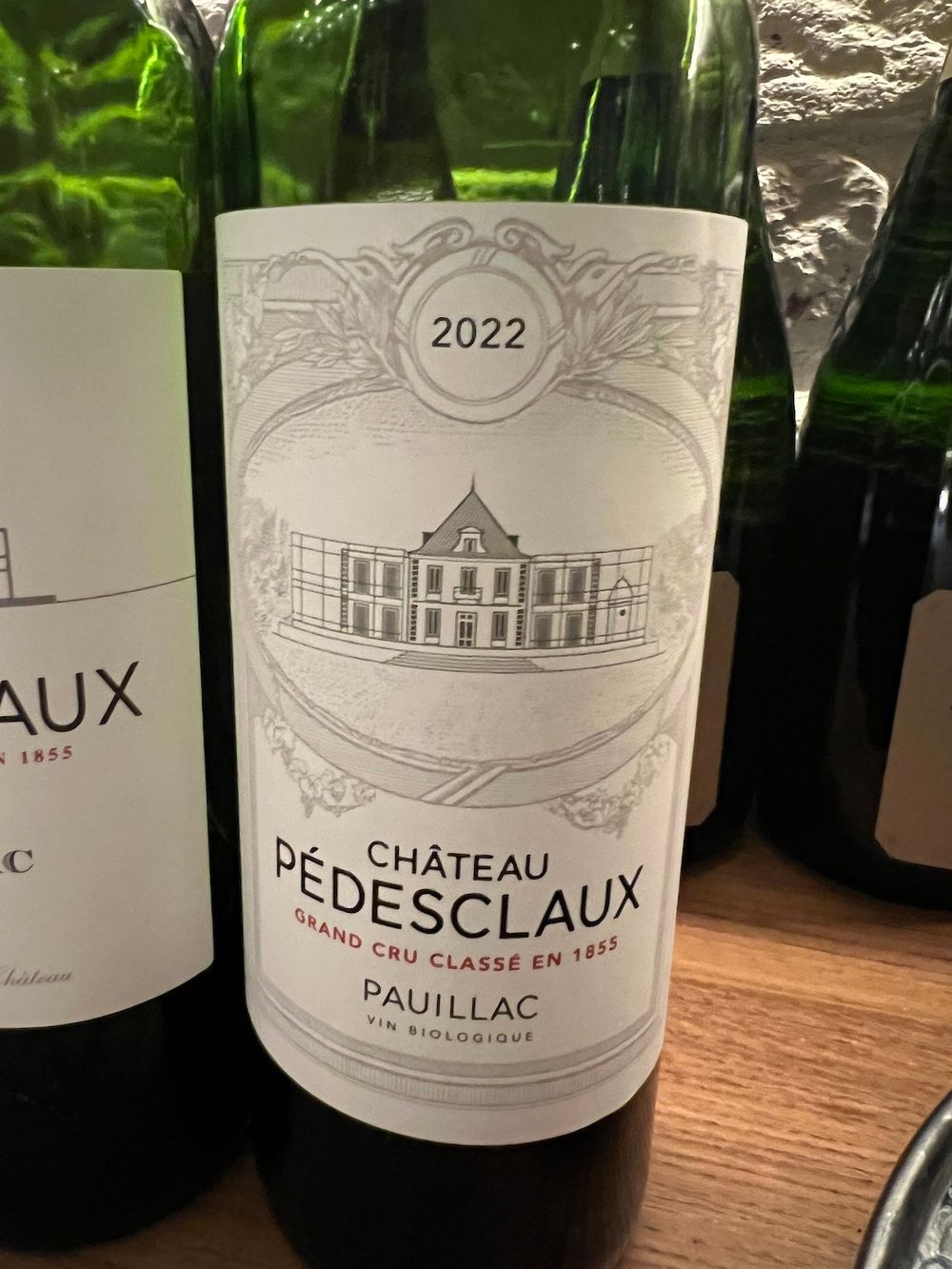
Blending the old label design with the new – how the Château Pédesclaux 2022 will look
Château Pédesclaux 2022 which concluded the tasting was declared by Bache-Gabrielsen to be “the best vintage yet” with the assemblage being Cabernet Sauvignon 68%, Merlot 22%, Cabernet Franc 7% and Petit Verdot 3%. The wine was not showing well on the day – huge extraction and concentration and almost 14.5% abv. The 2023 had just been blended and was not shown but the 80% proportion of Cabernet is where the estate wants to be blending wise.
In terms of UK availability, the wines of Château Pédesclaux are stocked by 70 British wine merchants, with the UK the fifth largest market for the estate. Europe and the UK constitute 52% of its sales, the Americas 17% and Asia 28% with distribution through La Place giving access to 80 different markets.
